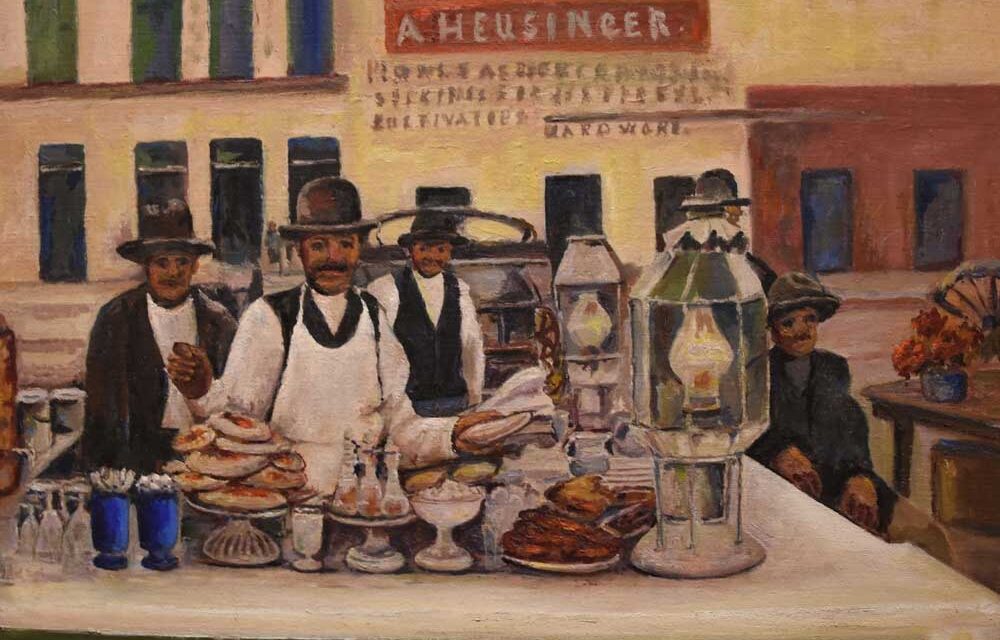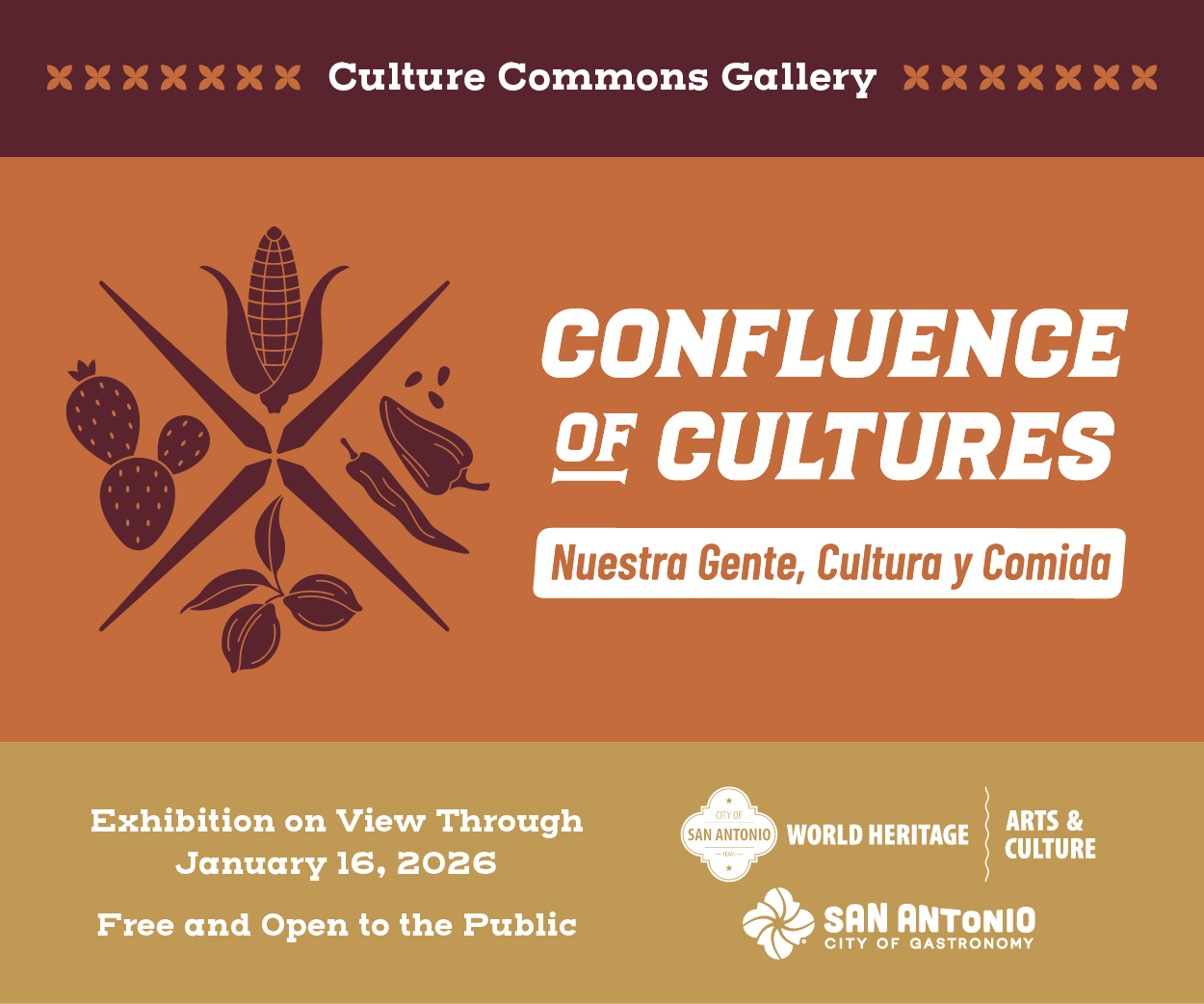The word Tejano almost never appears on the front page of The New York Times. But in a December 1, 2024 story by Jazmine Ulloa about the arrival of Space X at Boca Chica, Texas near Brownsville the journalist described the political impact of Space X as one where “the old culture –part Mexican, part American, part Tejano clashes with the new.” Since I seldom encounter the terms Mexican and Tejano in the same sentence, I took notice The word Tejano is older than the U.S. Republic and one of several terms that residents of Texas have used over the past 400 years to describe themselves. It is a term I often use to describe myself and my Mestizo culture. The term first appeared in 1606 when the explorers of New Mexico crossed south into the present area of Texas and referred to the area in a map as “Tejas.” The Caddo Native Americans used the term taysha when referring to
“friend or ally.” The term “Tejas” appeared in documents detailing San Antonio’s founding in 1718 by Mexican Mestizo soldiers and settlers. San Antonio residents lived under the united provinces of Coahuila and Tejas. The Times article made me wonder how early Texas art contributed to our understanding of Tejano identity and culture. When I visited the Witte Museum in San Antonio, I found that the museum’s archives held a rich collection of historical Texas paintings that could contribute to answering my question. Holdings include works by prominent Texas artists Jean Theodore Gentilz, Julian Onderdonk, Robert Onderdonk, Clara C. Pancoast, Rudolph Staffel, and Thomas Allen. The museum also has early works by prominent Latino artists Jose Arpa, Xavier Gonzalez, Boyer Gonzalez, and Octavio Medellin. I have viewed all of these works over the last few years at the Witte and in 2022 contributed an essay on Hispanic Art to Ron Tyler’s edited book, The Art of Texas. The art works at The Witte Museum by Tejanos and other artists are bountiful in imagery of the late 19th and early 20th century. This art is important in that it provides us with early renderings of Tejano life in San Antonio, the largest city in Texas prior to the Great Depression of 1930. No other city in Texas can match the quantity and quality of artwork from that period concerning Texas-Mexicans or Tejanos. The focus of this essay highlights the first generation of Latino artists to make their artistic mark in Texas. When Puebla, Mexico artist Jose Arpa visited San Antonio in the 1890s, he met and established a friendship with two of Texas’s most famous artists, Julian and Robert Onderdonk. In 1900, Arpa exhibited his painting, “A Mexican Funeral,” in the San Antonio International Fair. The painting was purchased by a Boston Museum and gained Arpa a reputation among Texas artists. He liked San Antonio and opened a studio north of downtown in 1901. Arpa also founded a small art school in San
Antonio in 1923 shortly after returning from his studies at the Art Institute of Chicago. In the 1920s, Arpa taught at the San Antonio School of Art where he worked closely with Xavier Gonzalez and taught Octavio Medellin. Boyer Gonzales, Sr. was the first native-born Tejano artist to exhibit paintings with Texas rural scenes and San Antonio’s San Jose Mission and Mission Concepcion. The
son of Thomas Gonzales and Edith Boyer, Boyer Gonzales, Sr., was born in Houston in 1864 and raised in Galveston, Texas. His father Thomas, born in 1829, was a native of Tampico, Mexico. In 1915, Tejano artist Boyer Gonzales, Sr. came to San Antonio to paint the San Jose Mission. In 1927, he was the first Hispanic to exhibit at the Witte Memorial Museum. Edward Simmen’s book on Gonzales, With Bold Strokes, noted that during the late 1920s and early 1930s the Gonzales family spent winter and spring in San Antonio with occasional trips to Taos, New Mexico. During the 1920s, San Antonio led the country with the number of Latino artists participating in national exhibitions. Among these artists were Jose Arpa, Xavier Gonzalez, Octavio Medillin, and Boyer Gonzales, Sr. The talented Xavier Gonzalez, the nephew of Jose Arpa, was also teaching and painting in San Antonio. Xavier
Gonzalez received his early art training at the Academy of San Carlos in Mexico City. Xavier Gonzalez, who was born in Spain, had emigrated to Mexico at age eight with his family. During the 1920s, Jose Arpa enrolled at the Art Institute of Chicago and convinced his nephew to also attend the prestigious art school. Xavier Gonzalez completed his studies at the Art Institute in 1925 and moved to San Antonio. He joined his uncle Jose Arpa in teaching art at the Witte Museum. Gonzalez also exhibited at the Witte beginning in 1928 and extending to shows in 1947, 1955, and 1968. In 1951,
he was a guest instructor at the San Antonio Art Institute. Although known for his paintings and sculptures, Gonzalez was perhaps best known as a muralist. His most notable work were his murals for the San Antonio Municipal Auditorium in 1933. Sadly, this mural, which included a raised fist, was removed in 1935 following public criticism. The artist may have used the raised fist as a tribute to striking workers in San Antonio. The Latino artists of the pre-World War II era in San Antonio laid the foundation for Chicano artists whose works were exhibited in the post 1970 era. The exhibitions in the past 25 years at the Witte have included works by Porfirio Salinas, Jr., Luis Jimenez, Al Rendon, Nivia
Gonzalez, and Fedencio Duran. [I am honored that the Witte Museum exhibited my photographs of Easter Sunday at Brackenridge Park in 2012]. Our understanding of Tejano culture and history relies extensively on depictions in literature, music, and art. The Latino art of the Witte Museum contributes to this knowledge.






